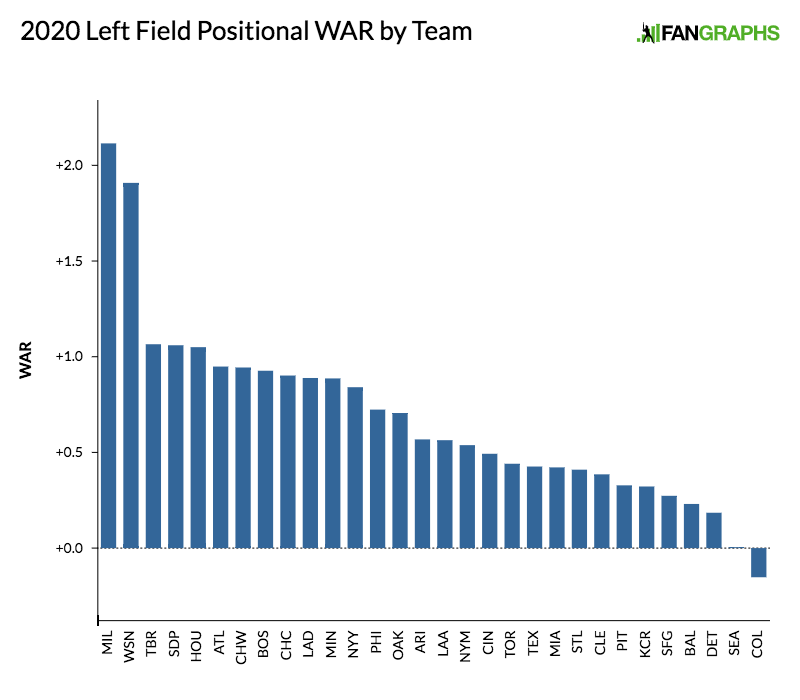Was Gio González Falling Behind on Purpose?
When you’re watching a baseball game, there are few things as nerve-wracking as seeing your favorite team’s pitcher consistently fall behind hitters. You know intuitively that the better the count is for the hitter, the better chance there is he’ll see a pitch he can slug. Broadcasters often love to talk about first-pitch strikes and their importance in both “setting the tone” of an at-bat and keeping pitch counts low. These are all valid notions — in 2019, the league-wide wOBA when the pitcher was behind in the count was .432. When the pitcher was ahead or the count was even, that mark was .269. That’s about the same difference as there was between Mike Trout and Orlando Arcia, the worst qualified hitter of last season.
Nearly everyone who threw at least 1,500 pitches in 2019 performed worse when behind in the count, with the exception of Tigers starter Jordan Zimmermann, who was just bad regardless of the situation. But just because someone falls behind in the count doesn’t mean he’s a lost cause. Even when at a disadvantage, some pitchers hold their own just fine. Here were the 10 best pitchers when throwing from behind last season.
| Name | wOBA When Behind | wOBA Ahead or Even | Difference |
|---|---|---|---|
| Shane Bieber | .331 | .265 | .066 |
| Gio González | .334 | .285 | .049 |
| Mike Foltynewicz | .337 | .316 | .021 |
| Jacob deGrom | .350 | .212 | .138 |
| Yonny Chirinos | .351 | .259 | .092 |
| John Means | .358 | .263 | .095 |
| David Price | .359 | .306 | .053 |
| Zach Eflin | .359 | .315 | .044 |
| Mike Clevinger | .361 | .215 | .146 |
| Walker Buehler | .361 | .244 | .117 |
By and large, that’s a list of good pitchers. However, there is an outlier here in Gio González. Not because he isn’t a good pitcher, mind you. The veteran lefty, who signed with the White Sox over the winter, held a 3.50 ERA (79 ERA-) and 4.04 FIP (90 FIP-) over 87.1 innings with Milwaukee last season. He doesn’t stand out because of a lack of skill level. He stands out because of how often he’s behind compared to the other pitchers on this list. Read the rest of this entry »





 Jay Jaffe
Jay Jaffe